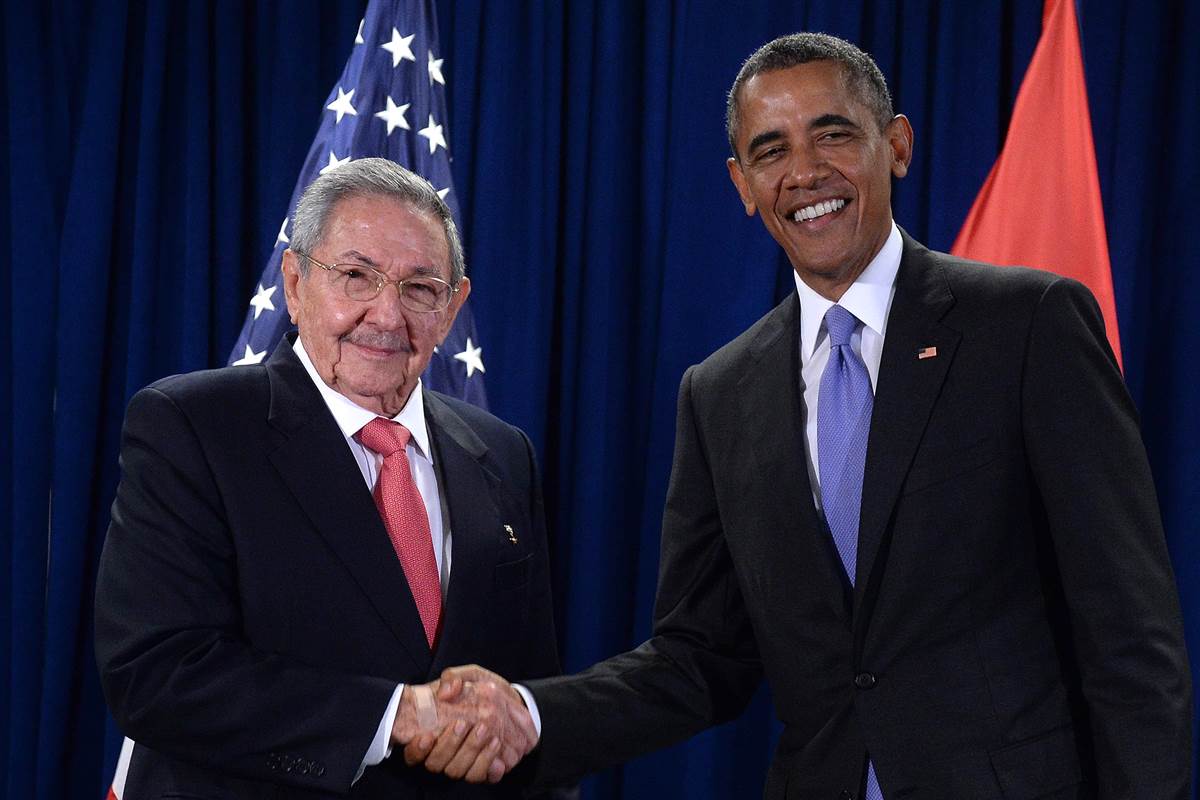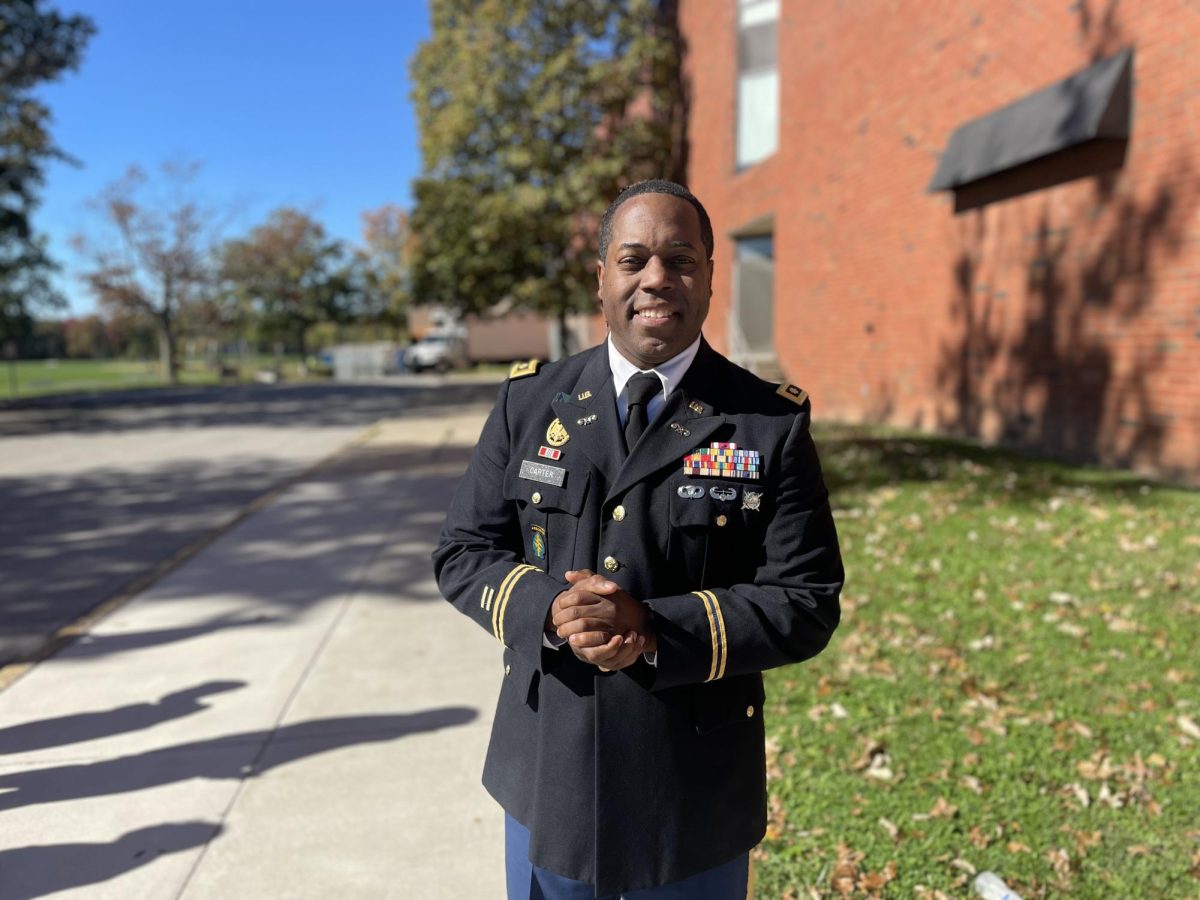The U.S. Embarks On Reforging Their Relationship With Cuba
February 4, 2016
In 1961 the U.S. and Cuba severed all ties with each other until, recently on April 11, 2015 when President Barack Obama and Raul Castro shook hands at the Summit of Americas in Panama. The meeting occurred four months after they declared their restored relationship. Initially, the mended ties were marked by a prisoner swap and Havana’s release of a jailed U.S. contractor. At first both counties seemed open to the idea of further engagement until Alan Gross, a U.S. Agency for International Development subtractor, was arrested by Cuban authorities in 2009. Gross went to Cuba with the intentions to deliver communications equipment and arrange internet access for the Jewish community there. Cuban authorities claimed that he was trying to destabilize the Cuban regime and sentenced him to 15 years in prison. So while Cuba had one American citizen, the U.S. had five Cuban intelligence officers who were arrested and jailed in Miami since 2001. All five officers had become national heroes in Cuba since their capture. Many politicians were concerned about restoring a diplomatic relationship with Cuba since it was on the list of potential sponsors for terrorism, but the country was removed from that list in May 2015.
So while Cuba had one American citizen, the U.S. had five Cuban intelligence officers who were arrested and jailed in Miami since 2001. All five officers had become national heroes in Cuba since their capture. Many politicians were concerned about restoring a diplomatic relationship with Cuba since it was on the list of potential sponsors for terrorism, but the country was removed from that list in May 2015.
When President Barack Obama came into office he desired more engagement with Cuba, so in 2009 he removed some of the restrictions on remittances and travel set by George W. Bush. During his first term, Obama also allowed U.S. telecommunications companies to provide more cellular and satellite services in Cuba. Finally, U.S. citizens were able to send remittances to non-family members in Cuba and to travel to the island for educational, religious, journalistic, familial, professional, and humanistic purposes. However, by January 2015 new travel and trade regulations were put into place, allowing U.S. travelers to visit Cuba without getting a government license first, loosening restrictions, but not removing them. In addition, the United States and Cuba reopened their embassies in each other’s capitals in July of 2015.
According to CFR Backgrounders, 63 percent of Americans supported a diplomatic relationship between the two nations and 66 percent wanted to end the trade embargo (). Since the U.S. trade embargo requires congressional approval to be annulled, it’s unlikely for it to be lifted any time soon. Another poll done by the U.S. firm, Bendixen & Amandi International, revealed that 97 percent of Cubans wanted to restore ties with the U.S.
Since 2008 when Raul Castro took office, he spoke of the need for an economic reform. With an aging population, a mass of foreign debt, and economic adversity in the midst of a global economic decline, Castro decided to loosen restrictions on personal freedom and liberalize parts of Cuba’s state-owned economy. Due to these changes, the number of self-employed workers almost tripled between 2009 and 2013. Castro’s, and other high profile dissident’s, arrival to the 2015 Summit in Panama is the rise of a “new era”. However, despite the cordial actions between Obama and Castro, many are still concerned over the rapid political and economic shift Cuba is exerting.

